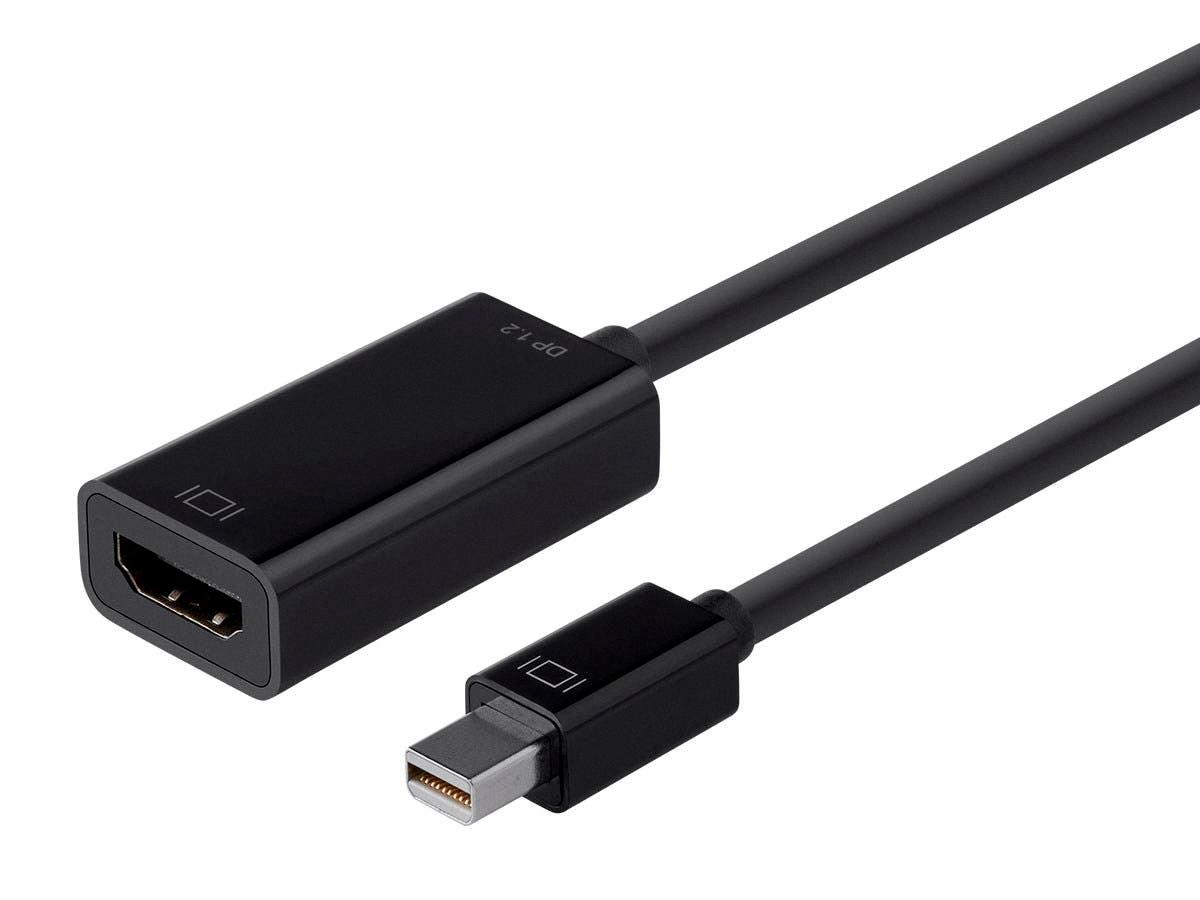When it comes to connecting your computer to an external display, there are a few different options to choose from. Two of the most popular options are Thunderbolt and Mini DisplayPort. While these two ports may look similar at first glance, they actually offer quie different performance.
First, let’s talk about Mini DisplayPort. This port is commonly found on many older Mac computers and some PC laptops. While it is capable of transmitting high-quality video, it has a few limitations. Specifically, it can only support resolutions up to 2560 x 1600. While this is plenty for most users, those who require a 4K display will need to look elsewhere.
Enter Thunderbolt. Thunderbolt is a newer port that was developed by Intel and Apple. It offers much higher performance than Mini DisplayPort, thanks to its use of PCI-E lanes shared with your computer. This allows Thunderbolt to support much higher resolutions, up to 5K on some displays. Additionally, Thunderbolt is fully compatible with Mini DisplayPort peripherals, so you can still use your existing cables and adapters.
But Thunderbolt isn’t just about higher resolutions. It also offers much faster data transfer speeds than Mini DisplayPort. This makes it ideal for connecting high-speed external storage devices, such as RAID arrays or solid-state drives. It also allows for more advanced setups, such as daisy-chaining multiple displays or connecting to an eGPU for enhanced gaming performance.
Of course, there are a few downsides to Thunderbolt as well. First and foremost, it is a relatively new technology, which means that not all devices will be compatible with it. Additionally, Thunderbolt cables and peripherals tend to be more expensive than their Mini DisplayPort counterparts. Thunderbolt is only available on newer Macs and some high-end PC laptops, so if you have an older machine, you may be out of luck.
The choice between Thunderbolt and Mini DisplayPort will depend largely on your specific needs. If you require higher resolutions or faster data transfer speeds, Thunderbolt is the clear winner. However, if you’re happy with 2560 x 1600 and don’t need to connect any high-speed storage devices, Mini DisplayPort may be the more cost-effective choice.
Is Thunderbolt Better Than Mini DisplayPort?
Thunderbolt is better than Mini DisplayPort in terms of performance. The reason for this is that Thunderbolt has PCI-E lanes shared with your computer, which givs it a significant advantage over Mini DisplayPort. On the other hand, Mini DisplayPort can only support up to a 2560 x 1600 monitor, which might be sufficient for most users, but falls short when you want to use a 4K monitor. This is where Thunderbolt comes in, as it can support up to two 4K displays at 60Hz. Additionally, Thunderbolt also supports faster data transfer rates, allowing you to transfer large files quickly and efficiently. Thunderbolt is the better choice for users who require high-performance displays and fast data transfer rates.

Can I Use Thunderbolt Cable On Mini DisplayPort?
You can use a Thunderbolt cable on a Mini DisplayPort. Thunderbolt is fully compatible with Mini DisplayPort peripherals, so any Mini DisplayPort device can be connected to a Thunderbolt port. However, the reverse is not true – only the new Thunderbolt port can be used to connect to Thunderbolt devices. It is important to note that Thunderbolt cables are typically more expensive than Mini DisplayPort cables, so you may want to consier this when selecting the appropriate cable for your needs. Thunderbolt is backward compatible with Mini DisplayPort peripherals, but only the new Thunderbolt port can be used to connect to Thunderbolt devices.
Conclusion
Thunderbolt and Mini DisplayPort are both popular display interfaces, but Thunderbolt clearly has the upper hand in terms of performance. With its ability to support higher resolutions and faster data transfer rates, Thunderbolt is the ideal choice for professionals who require top-notch performance. Additionally, Thunderbolt is backward compatible with Mini DisplayPort, making it a versatile option for a wide range of users. So, if you’re looking for a display interface that delivers the highest level of performance, Thunderbolt is the way to go.
